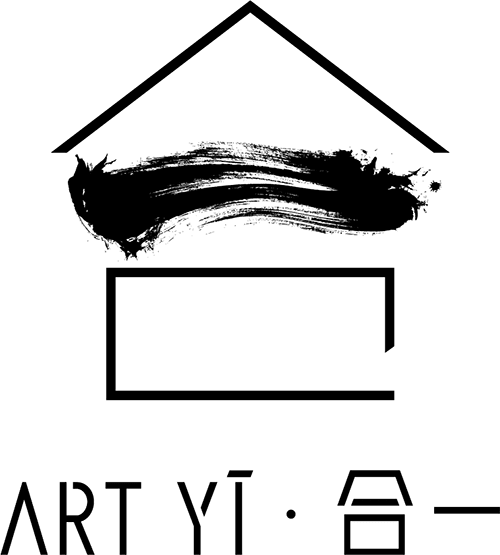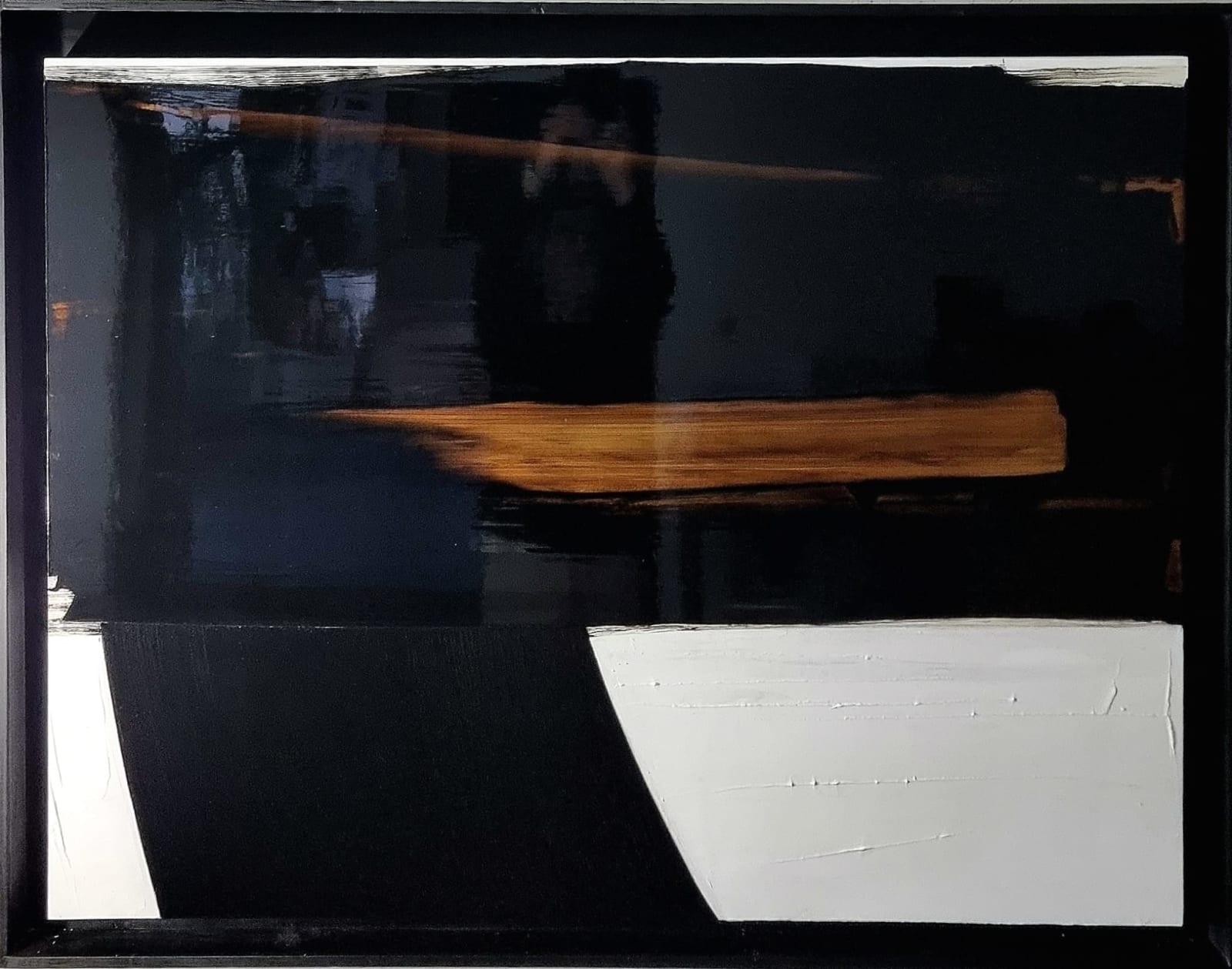Frédéric Halbreich Belgian, 1962
40 3/8 x 51 3/8 in
• Free Worldwide Art Shipping (DDU)
• Professional Art Packing
• Full Insurance & Gallery Guarantee
• Certificate of Authenticity by Artist & Gallery
• Enquire a Welcome Offer for your 1st Collection
Frédéric Halbreich is known for the use of black. Color (the mother of all) that it usually couples with a white and a gold of walnut husk. It is often bands of paint applied with a brush or with different spatulas and knives that trace the main lines of the painting.
It is a steep path indeed, very close to the mystical itinerary of Saint John of the Cross, as witnessed by his great poem "Dark Night of the Soul", this "night fairer than any day".
The more absolute the black, the more infinite the riches it exudes: either openings into the beyond or sometimes subtle reflections of light which are as many aurora boreales (or australes? Or rather perhaps sidereal) - at the heart of that night.
On this chromatic “path to Compostela”, whose outline indicates the east of an absolute of the color black, in fact, a dream elevated to the rank of living matter, Frédéric Halbreich takes his steps, one by one, slowly. They are infinitely numerous.
And a lapidary formula, he will also say that his Grail is in a way "the black of a concert piano". A myth ?
Provenance
We know the works of Frédéric Halbreich in lacquer, medium of which he is indeed the only artist to have developed his own technique of lacquer and to sparkle the preciousness in the pure art of his abstraction.
The material support of this journey towards elsewhere is lacquer, a means of expression that sets Frédéric Halbreich apart from any painter past and present. It also differentiates him from the great models and references such as Franz Kline and Pierre Soulages.
"The art of lacquer in pure art".
What interests him is the light.
In his lacquers, he brings it out from inside the painting, through the vector of transparency.
He calls "sacrophage" the support on which he creates his lacquers.
Besides these, there are his canvases: oils and acrylics where he derives his expression more from gesture.
Like lacquer work, these pictorial layers (pigments) – ten or more in number – each require an appropriate time to dry. Then follow new meticulous sanding intended to eliminate scratches or accidents.
At the same time, lacquer acts like a mirror, in which the spectator may discover a reality far beyond his own reflection, even a possible answer to his own existential questions.
As an indispensable counterpoint to that mirror which sends the pictorial even beyond abstraction, here are mat surfaces, paradoxically less black in their opacity.
Exposities
2022: "Aluminoïde" group exhibition, Art Yī, Brussels, Belgium2023: Luxembourg Art Fair, Luxembourg
Welcome Offer for your 1st Art
• Get Membership offer for your 1st Collection !
• Free Global Art Shipping
• First access to our New Arts & Exhibitions
• VIP Entry for our Vernigssages & Art fairs
* denotes required fields
We will process the personal data you have supplied in accordance with our privacy policy (available on request). You can unsubscribe or change your preferences at any time by clicking the link in our emails.




